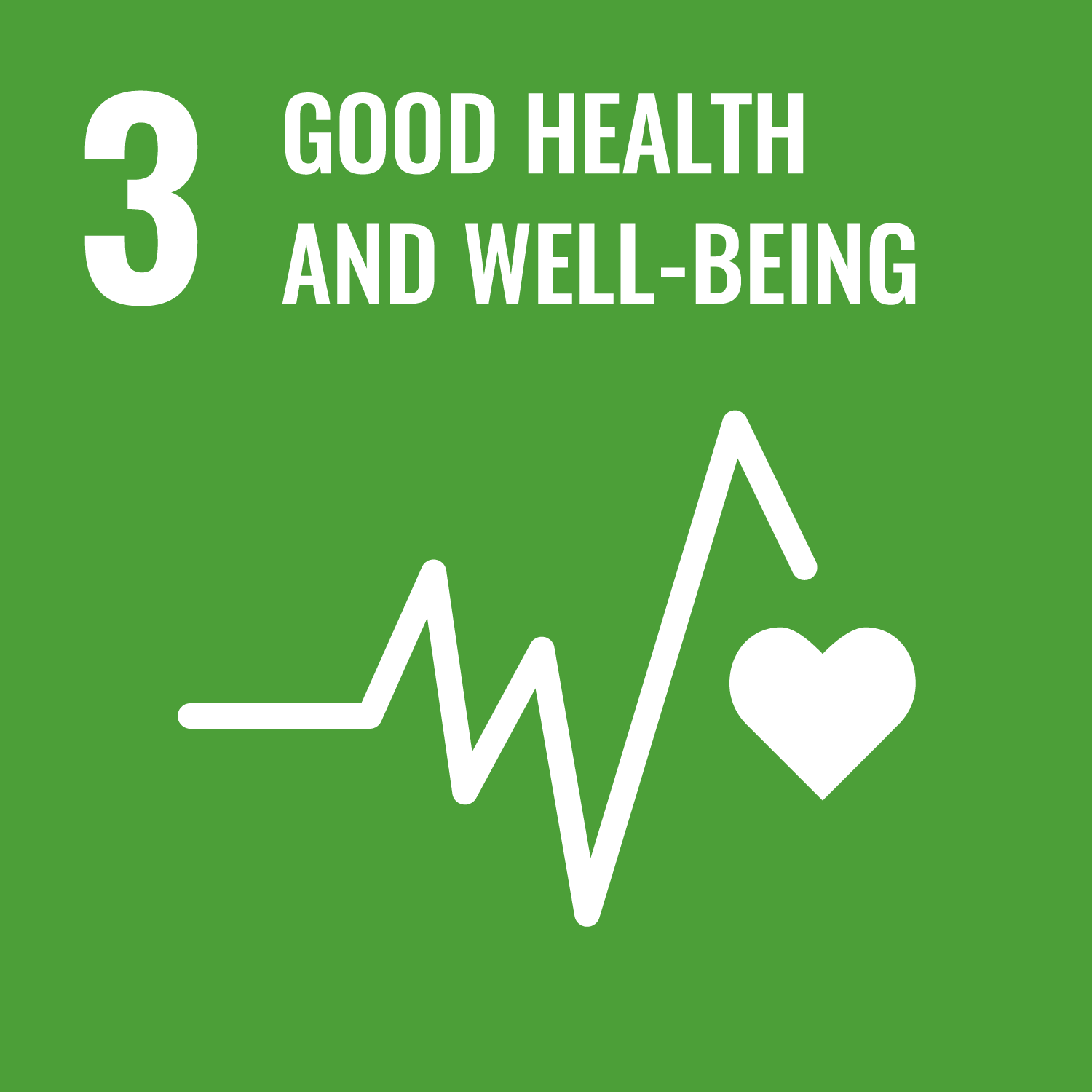Goodacre, S. orcid.org/0000-0003-0803-8444, Sutton, L., Fuller, G. orcid.org/0000-0001-8532-3500 et al. (2 more authors) (2025) Accuracy of the National Early Warning Score version 2 (NEWS2) in predicting need for time-critical treatment: retrospective observational cohort study. Emergency Medicine Journal, 42 (6). pp. 396-402. ISSN 1472-0205
Abstract
Background Initial ED assessment can use early warning scores to identify and prioritise patients who need time-critical treatment. We aimed to determine the accuracy of the National Early Warning Score version 2 (NEWS2) for predicting the need for time-critical treatment.
Methods We undertook a single-centre retrospective observational cohort study. We randomly selected 4000 adults who attended a tertiary hospital ED in England from 1 January 2022 to 31 December 2022 and had NEWS2 routinely recorded on electronic patient records. The first NEWS2 and vital signs were extracted from electronic records. Research nurses selected cases that received a potentially time-critical treatment. Two independent clinical experts then determined whether time-critical treatment was or should have been received using an expert consensus derived list of interventions. We used receiver operating characteristic analysis and calculated sensitivity and specificity at predefined thresholds to evaluate the accuracy of NEWS2 for predicting need for time-critical intervention and, as a secondary outcome, mortality at 7 days.
Results After excluding 10 patients who received their intervention before NEWS2 recording, 164/3990 (4.1%) needed time-critical treatment and 71/3990 (1.8%) died within 7 days. NEWS2 predicted need for time-critical treatment with a c-statistic of 0.807 (95% CI 0.765 to 0.849) and death within 7 days with a c-statistic of 0.865 (95% CI 0.813, 0.917). NEWS2>4 predicted need for time-critical treatment with sensitivity of 51.8% (95% CI 44.2%, 59.3%) and positive predictive value of 25.8% (95% CI 21.3%, 30.7%). 37 of the 45 patients needing emergency surgery, antibiotics for open fractures, insulin infusion or manipulation of limb-threatening injuries had NEWS2≤4. Patients with NEWS2>4 who did not need time-critical treatment frequently scored maximum points on NEWS2 for their respiratory rate, conscious level or receiving supplemental oxygen.
Conclusion NEWS2 has limited accuracy for predicting need for time-critical treatment. We have identified time-critical interventions that frequently have low NEWS2 scores and NEWS2 parameters than may overestimate need for time-critical intervention.
Metadata
| Item Type: | Article |
|---|---|
| Authors/Creators: |
|
| Copyright, Publisher and Additional Information: | © 2025 The Authors. This is an Open Access article distributed under the terms of the Creative Commons Attribution Licence (https://creativecommons.org/licenses/by/4.0/), which permits unrestricted use, distribution, and reproduction in any medium, provided the original work is properly cited. |
| Dates: |
|
| Institution: | The University of Sheffield |
| Academic Units: | The University of Sheffield > Faculty of Medicine, Dentistry and Health (Sheffield) > School of Medicine and Population Health |
| Funding Information: | Funder Grant number DEPARTMENT OF HEALTH AND SOCIAL CARE NIHR204935 |
| Depositing User: | Symplectic Sheffield |
| Date Deposited: | 21 Jan 2025 10:22 |
| Last Modified: | 23 May 2025 12:47 |
| Status: | Published |
| Publisher: | BMJ |
| Refereed: | Yes |
| Identification Number: | 10.1136/emermed-2024-214562 |
| Sustainable Development Goals: | |
| Open Archives Initiative ID (OAI ID): | oai:eprints.whiterose.ac.uk:221984 |


 CORE (COnnecting REpositories)
CORE (COnnecting REpositories) CORE (COnnecting REpositories)
CORE (COnnecting REpositories)